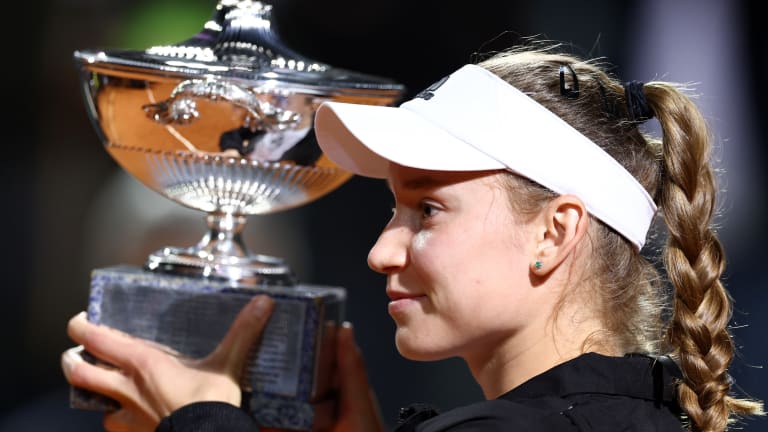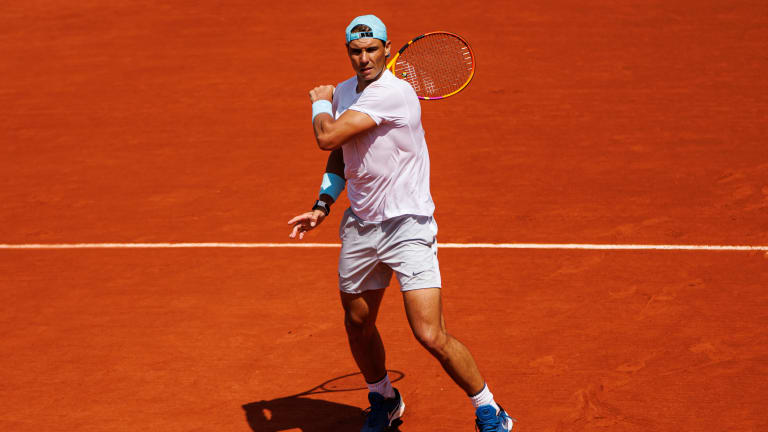Rome, Italy
With Rome win, tranquil Elena Rybakina now holds big titles on all three surfaces
By May 21, 2023Rome, Italy
“I can dream again”: On Alexander Zverev’s Rome triumph and what awaits him in Paris
By May 19, 2024Rome, Italy
Alexander Zverev outdoes Nicolas Jarry to win second Rome title, sixth Masters 1000 crown
By May 19, 2024Rome, Italy
Iga Swiatek stands alone on the WTA after completing Madrid-Rome double
By May 18, 2024Rome, Italy
Rome ATP Final Preview: Alexander Zverev and Nicolas Jarry cap another surprising men’s week
By May 18, 2024Rome, Italy
Iga Swiatek defeats Aryna Sabalenka to win Rome and complete rare Madrid-Rome sweep
By May 18, 2024Rome, Italy
Rome: Nicolas Jarry seeks Chile's first Masters 1000 title in 25 years after edging Tommy Paul
By May 18, 2024Rome, Italy
Iga Swiatek vs. Aryna Sabalenka: What their Rome final could mean for their rivalry
By May 17, 2024Rome, Italy
Alexander Zverev returns to Rome final with comeback win over Alejandro Tabilo
By May 17, 2024Rome, Italy
Tommy Paul, Taylor Fritz lead American men in discovering (or rediscovering) the joys and secrets of tennis on red clay
By May 17, 2024Rome, Italy
With Rome win, tranquil Elena Rybakina now holds big titles on all three surfaces
On the men's and women's sides, news from Rome points towards Roland Garros.
Published May 21, 2023
Advertising
Advertising

Are we about to enter the Elena era? Rybakina has won big trophies on grass, hard and—now—clay courts.
© Getty Images
Advertising

No matter who prevails on Sunday, Rune and Medvedev should feel encouraged about their Roland Garros prospects.
© Getty Images
Advertising

GettyImages-1398487708
© © TENNIS PHOTO NETWORK, TEL- +61 433 754 488 MIKE@TENNISPHOTONET.COM